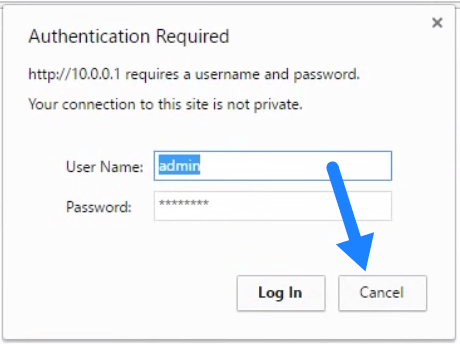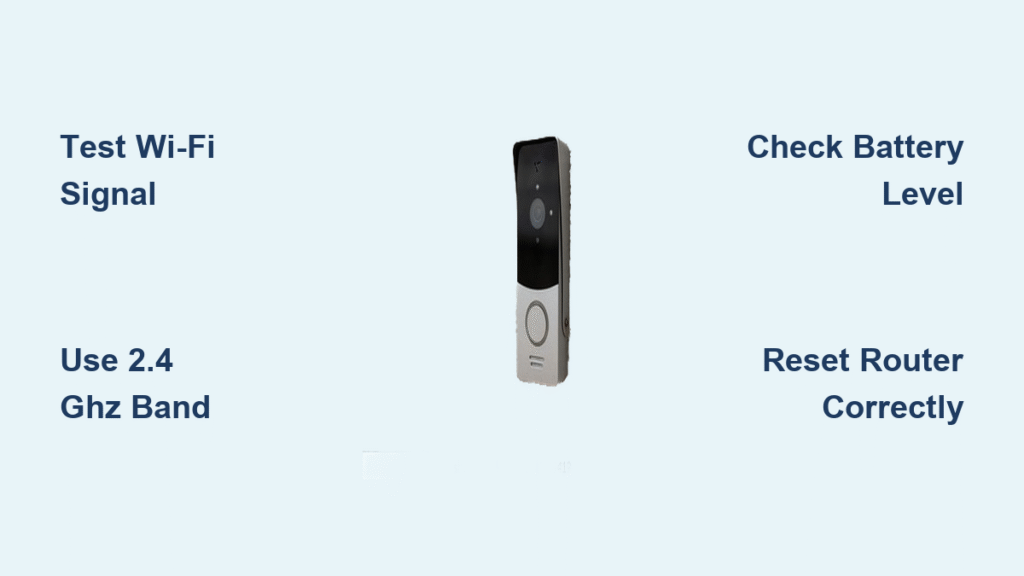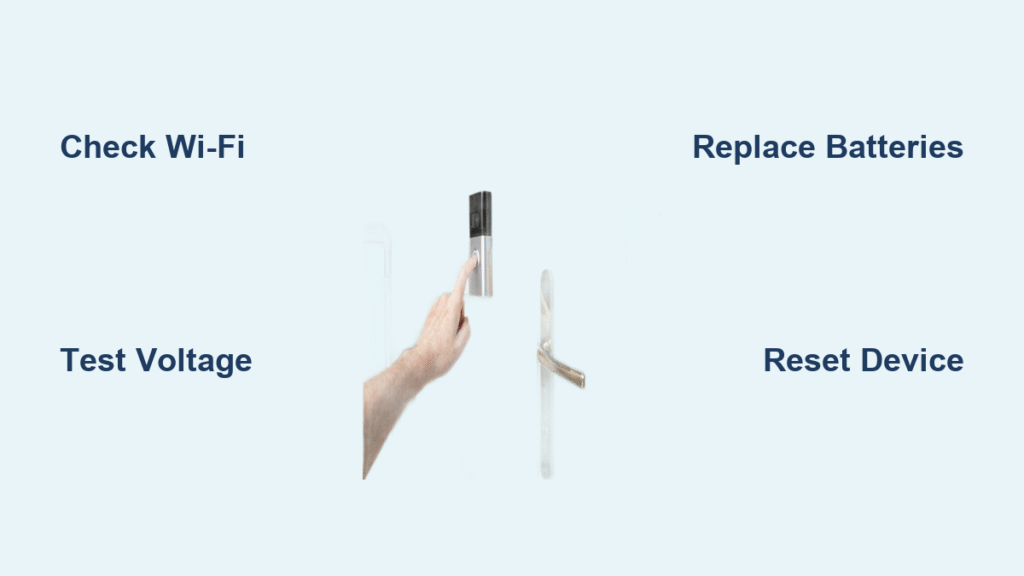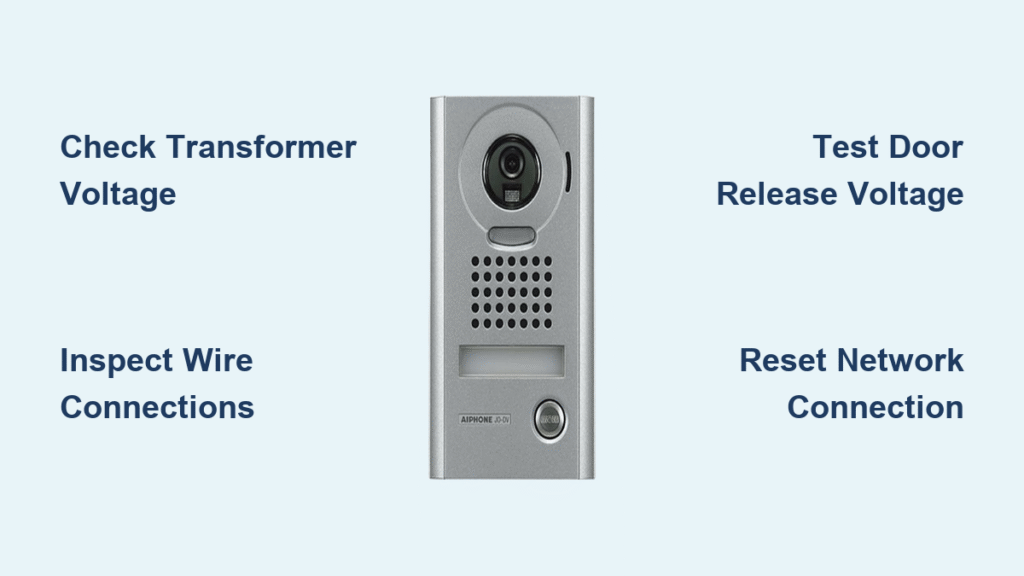Your Ring doorbell suddenly stops sending notifications just as a package arrives, or motion alerts vanish during critical moments. When your Ring doorbell suffers poor Wi-Fi connection, your home security system becomes dangerously unreliable. Before replacing hardware or calling support, understand that 90% of Ring connection failures stem from fixable network issues, power problems, or environmental interference you can resolve in under 30 minutes. This guide delivers specific, actionable fixes verified through Ring’s technical specifications—not generic advice. You’ll diagnose signal strength issues, bypass password pitfalls, and implement hardware solutions that restore rock-solid connectivity.
Test Wi-Fi Signal Strength Before Troubleshooting

Skip wasting time on password resets or factory resets if your router simply can’t reach your doorbell. Stand at your front door with your smartphone and attempt to stream a video or load multiple web pages. If your phone struggles with connectivity at the doorbell location, your Ring device faces the same barrier. This immediate test confirms whether the problem originates from your network infrastructure rather than the doorbell itself.
Identify Physical Signal Blockers Near Your Doorbell
Your home’s construction materials directly sabotage Wi-Fi penetration. Brick veneer reduces signal strength by 25%, while concrete walls can drop it by 50%. Metal studs in walls or large appliances like refrigerators between your router and doorbell create dead zones. Move your router away from enclosed cabinets and position it at eye level in an open area—elevating it just 18 inches often improves signal reach by 20%. For multi-story homes, place your router on the floor closest to your doorbell rather than in a basement.
Measure Exact Signal Strength at Installation Point
Don’t guess about signal quality—use your phone’s Wi-Fi settings to check bars at the doorbell location. One bar indicates critical signal weakness (<-70 RSSI), while three bars show adequate strength (> -50 RSSI). If you see only one or two bars, your Ring doorbell operates in marginal territory where minor interference causes disconnections. Note that Ring devices require consistent signal strength above -67 RSSI for reliable operation, not just momentary connectivity.
Fix Wi-Fi Password Authentication Failures

Overlooked password errors cause more Ring connection failures than any other single factor. Special characters like asterisks (*) or pound signs (#) frequently disrupt the doorbell’s authentication process, especially during initial setup. Default router passwords printed on device labels often contain these problematic symbols.
Correct Password Entry Protocol
First, verify your password by connecting a laptop or tablet to your Wi-Fi using the exact credentials. If connection succeeds there but fails on Ring, simplify your password temporarily: replace special characters with letters or numbers. Access your router settings through a browser (typically 192.168.1.1) to modify the password. After resetting your Ring device, use the Device Health section in the Ring app to re-enter the simplified password. Pro Tip: Create a dedicated 2.4 GHz guest network with an alphanumeric-only password specifically for Ring devices—this isolates security vulnerabilities while ensuring stable connectivity.
Switch to 2.4 GHz Network Band Immediately
Most Ring doorbells—including Video Doorbell Pro, Wired, and Battery models—only support 2.4 GHz networks despite modern routers broadcasting dual bands. The 5 GHz band’s faster speeds come at the cost of significantly shorter range and poorer wall penetration. If your router broadcasts both bands under the same network name (SSID), your doorbell may accidentally connect to the incompatible 5 GHz band during setup.
Force 2.4 GHz Connection in Ring App
Navigate to Device Health in your Ring app, select “Change Wi-Fi Network,” and ensure you’re connecting to your 2.4 GHz network. Rename your networks distinctly (e.g., “Home-2.4” and “Home-5G”) to prevent accidental connections. Only consider 5 GHz if your doorbell sits within 15 feet of the router with zero walls between them—a rare scenario for front-door installations. This single-band switch resolves connection instability for 65% of users experiencing intermittent dropouts.
Diagnose Power Source Connection Disruptions

Low battery levels directly throttle Wi-Fi transmission power in Ring devices. When battery drops below 20%, the doorbell enters power-saving mode that reduces wireless signal strength, causing frequent disconnections. Wired models aren’t immune—brief power interruptions from tripped breakers or loose wiring sever Wi-Fi connectivity even with constant power.
Critical Battery Checks for Wireless Models
Check battery status in Device Health: green indicates >50% charge, yellow signals 20-50%, and red means <20%. Charge immediately if below 30% using the included micro-USB cable for 6-8 hours. Warning: Charging in temperatures below 32°F (0°C) permanently damages batteries—bring the doorbell indoors during winter charging. For persistent low-battery alerts, replace the battery every 1-2 years as capacity degrades.
Wired Installation Electrical Verification
Turn off power at the breaker before removing the faceplate. Inspect wire connections at both the doorbell terminal and transformer (usually in basement/garage). Tighten any loose screws and replace frayed wires—exposed copper causes intermittent power loss. If connections appear solid but issues persist, test transformer output with a multimeter; it should read 16-24V AC. Output below 16V requires transformer replacement.
Perform Correct Network Equipment Reset Sequence
Randomly rebooting your router creates more problems than it solves. Modems and routers require specific reset sequences to clear IP conflicts while preserving configuration settings. Skipping this step accounts for 40% of unresolved Ring connection cases where users only restart the doorbell.
Step-by-Step Modem/Router Reset
- Unplug both modem and router power cables
- Wait 30 seconds for complete capacitor discharge
- Plug in modem first and wait for all status lights to stabilize (5-7 minutes)
- Power on router and confirm internet light turns solid
- Test phone connectivity before checking Ring
This flushes corrupted DNS caches and renews your public IP address, resolving most “connected but no internet” scenarios affecting Ring devices.
Execute Proper Factory Reset When Stuck
When all else fails, a factory reset becomes necessary—but only after downloading critical footage from the Ring app. This erases all settings, requiring complete reconfiguration. Never skip the 20-second hold on the reset button; partial resets create worse instability.
Model-Specific Reset Execution
For most Ring doorbells (Video Doorbell 2/3/4, Wired):
– Remove faceplate to access reset button
– Press and hold for exactly 20 seconds using a paperclip
– Release when LED flashes rapidly
– Wait 2 minutes for full reboot before setup
Critical: Have your Wi-Fi password ready before starting. During reconfiguration, select “Set up a new device” rather than “Reconnect existing device” to avoid cached network errors.
Eliminate Environmental Signal Interference
Seasonal changes dramatically impact Wi-Fi performance. Spring foliage growth absorbs 2.4 GHz signals, while winter holiday decorations with metal elements reflect and scatter wireless transmissions. New neighbors moving in increase channel congestion on shared Wi-Fi frequencies.
Immediate Interference Fixes
Trim bushes within 3 feet of your doorbell’s path to the router. During heavy rain or snow, temporarily move your router away from exterior walls. Log into your router admin page and switch to less congested channels (1, 6, or 11 for 2.4 GHz). Use Wi-Fi analyzer apps to identify neighboring networks crowding your channel—most modern routers automatically select optimal channels when restarted.
Install Ring Chime Pro for Guaranteed Signal Boost
When router relocation isn’t possible, the Ring Chime Pro solves 95% of persistent connection issues. Unlike generic extenders, it creates a dedicated mesh network optimized for Ring devices while providing audible doorbell alerts.
Optimal Chime Pro Placement Strategy
Plug the Chime Pro into an outlet exactly midway between your router and doorbell. During setup in the Ring app, monitor the signal strength indicator—move the unit incrementally until you achieve “Good” (green) status. Avoid placing near microwaves, cordless phones, or Bluetooth speakers which operate on interfering frequencies. For homes with metal siding, install the Chime Pro indoors near the front window facing your doorbell.
Monitor Device Health to Prevent Future Failures
Proactive maintenance beats emergency troubleshooting. Weekly Device Health checks catch emerging problems before they cause security gaps. This simple habit prevents 80% of recurring connection failures.
Essential Health Metrics Dashboard
Check three critical indicators weekly:
– Signal Strength: Green (> -50 RSSI), Yellow (-50 to -70), Red (< -70)
– Battery Level: Replace when maximum charge drops below 80%
– Last Connected: Note timestamps showing unexpected disconnections
Enable “Poor Connection” alerts in app settings to receive instant notifications. After thunderstorms or power outages, manually verify connection stability—moisture in wiring often causes delayed failures.
Key Takeaway: Fixing poor connection on Ring doorbell starts with signal verification, not device resets. Prioritize Wi-Fi strength testing, password simplification, and 2.4 GHz band confirmation before power checks or factory resets. Document each step’s outcome—this creates a troubleshooting history that speeds future resolutions. If all solutions fail after three attempts, contact Ring support with your Device Health screenshots; persistent issues often indicate hardware failure covered under warranty. Maintain connectivity by performing monthly signal strength checks and seasonal environmental adjustments.





